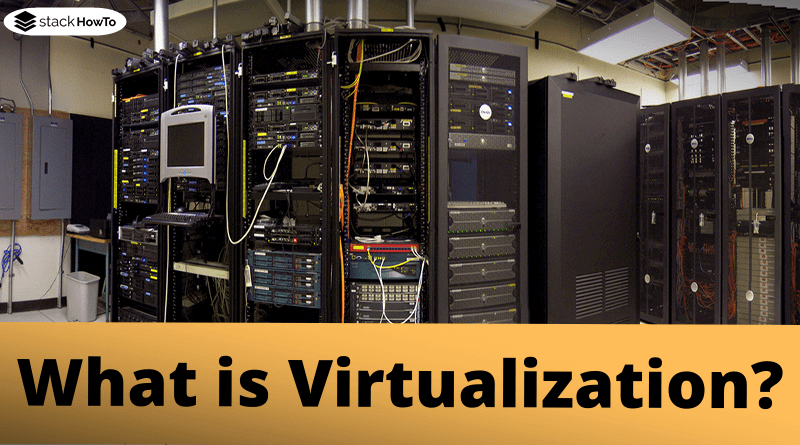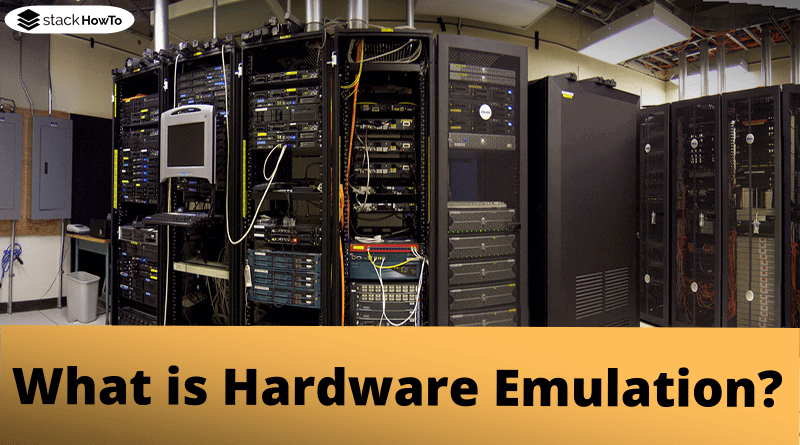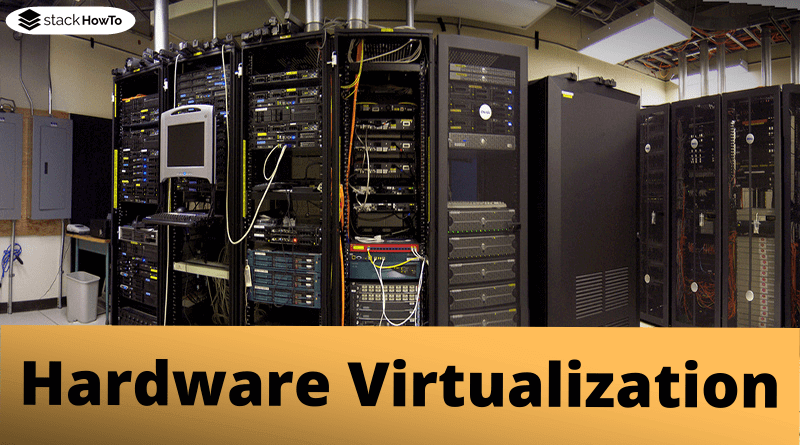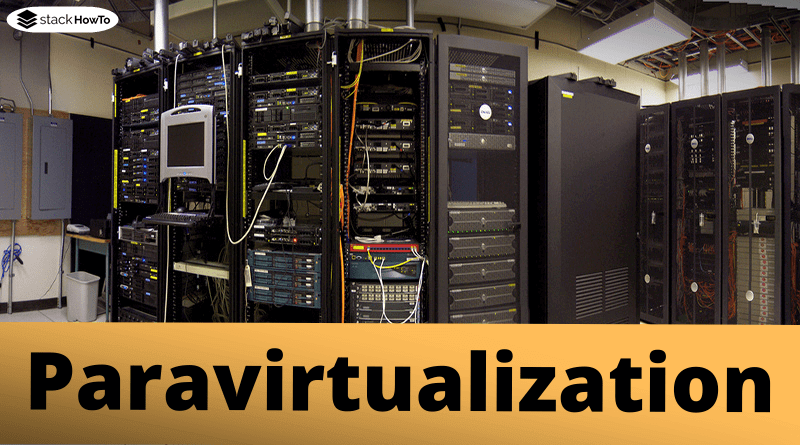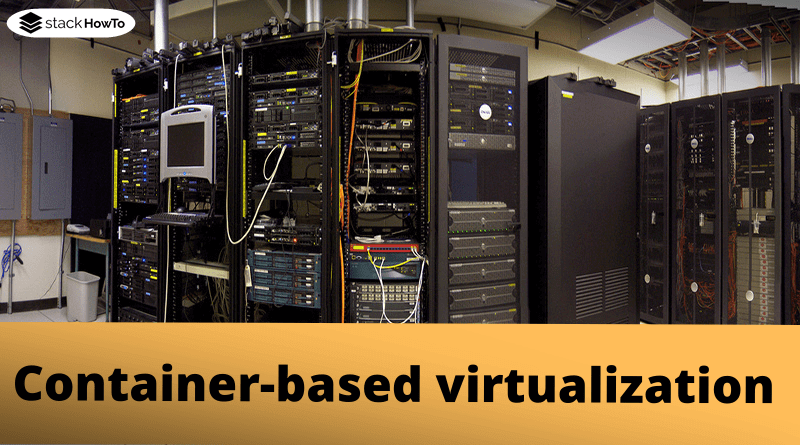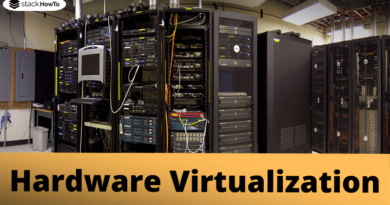What is virtualization?
Virtualization promises efficient use of resources, fast switching between different operating systems, and impressive possibilities for controlling problems with malware. After theoretical development work, the technology is sufficiently mature to be of interest to administrators and end-users. But what exactly is virtualization?
What is virtualization?
In general, the term describes the provision of resources in processing that is simulated by programs.
These can be network connections or, as one of the most common application areas, the environment of an operating system. This creates a virtual machine that can largely be used as a real one.
This operating system then does not run directly on the hardware as usual. Instead, a control program called a host allocates the availability of CPU and memory to the individual operating systems. As a user of an environment with multiple virtual systems, you can easily switch between them.
Why is virtualization used?
Security
The infection with malware is a problem that has not yet been satisfactorily solved in the area of information security. This means that you cannot avoid such problems entirely, but need strategies for malware to occur.
If a real machine is infected, cleaning is often associated with great effort. If, on the other hand, you use virtual machines, you can simply stop and delete an infected machine.
Cost and flexibility
You may want to use multiple operating systems for a variety of reasons. Instead of having to reboot your computer for every change, you can simply start a new virtual machine.
Efficient use of hardware resources
Virtualization enables much more efficient use of hardware resources. If you run different operating systems on your own hardware, these real machines will often not be used very much. With virtual machines, you operate exactly the required functions and can make better use of the existing hardware. This saves costs for the devices and the consumption of space and electricity.
How does virtualization work?
One of the most common types is container virtualization. Several guest systems are installed next to each other, but all use the same operating system kernel, which is particularly efficient.
Each container has its own filesystem, in the case of Linux, it can use its own distribution, which is built on top of the kernel. But the isolation of the different containers from each other is more difficult because of the shared kernel.
A virtual machine, on the other hand, has a complete operating system of its own. The instructions are executed directly on the CPU, for which many CPUs today provide their own virtualization instructions.
The control program is called a hypervisor and manages the CPU, memory, and network functions.
A type 1 hypervisor runs directly on the hardware, which enables higher performance and better isolation.
A type 2 hypervisor runs on a host operating system that consumes more resources than a type 1 hypervisor, but you can use this type of virtualization without having to rebuild your computer with a type 1 hypervisor. Even though performance and isolation are lower, it’s easy to experiment with virtualization and learn about its capabilities.
Criteria for virtualization technologies
Performance
With a type 1 hypervisor, it is highest, then containers come. Type 2 hypervisors on a guest operating system have the greatest impact on performance.
Scalability
This is generally a major benefit of virtualization. You can start as many guest systems as needed on a physical machine and delete them at any time.
Images
These are capsules for code, data, and an environment for the execution of programs. Images should be able to be created and transferred as quickly and easily as possible.
Security and privacy
The different virtual machines work independently of each other. If you have a problem with malware, you can simply delete the infected virtual machine and thus get rid of the malware.
High availability
If a server fails, a virtual machine and its data can be transferred to another server with little effort and continue to run there.
Different virtualization technologies
Hardware Emulation
With this kind of emulation all operations, including those of the CPU, are emulated. The emulator takes instructions in a certain instruction set and displays these instructions on another machine. This involves computing effort and thus reduces the available computing power for the actual application.
Hardware virtualization
Hardware virtualization emulates multiple virtual processors for each of the guest operating systems. With these processor technologies, you can emulate multiple virtual processors in a guest operating system or, with multiple processor cores, in one physical processor.
Paravirtualization
Among other things, paravirtualization is used in companies to run multiple operating systems on a single computer at the same time or to segment large systems into smaller parts for more efficient use of physical hardware.
Container-Based Virtualization
With container virtualization (containerization), the same kernel of the host system is used for all guest systems (containers). For this reason, a container runs on the same type of operating system as the host, for example, “Linux on Linux” or “Windows on Windows”.
Conclusion
The magic word in relation to virtualization is probably flexibility. Different operating systems, environments, and entire virtual machines are available as required.
Virtualization of data centers is already used routinely today. With more and more computing power available, applications of this technology will become more numerous and important.

